Stack Emissions Testing and Monitoring Services
Ensure uninterrupted operations and full regulatory compliance with expert stack emissions testing tailored to your site. Whether you're managing stacks, vents, or ducts, Element helps you stay ahead of Environmental Agency inspections and meet strict Emissions Limit Values. With fast, accurate, accredited testing and local engaged experts on hand across the globe, you can reduce risk, avoid fines, and stay compliant without the hassle.
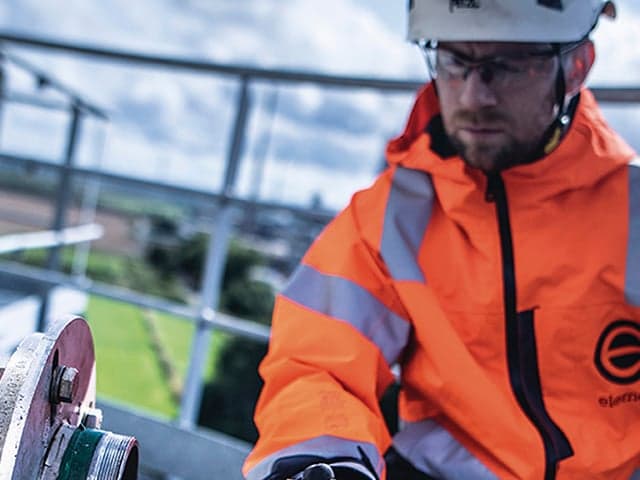
What are Stack Emissions Testing and Monitoring Services at Element?
Stack emissions testing measures and analyzes pollutants and chemicals emitted into the atmosphere from industrial sources such as stacks, vents, and exhaust systems to ensure compliance with environmental regulations. At Element, we deliver accurate, independent, and fully accredited testing services to meet a wide range of international standards, including MCERTS, ISO 17025 and EN 14181. With the industry’s largest network of certified experts and in-house lab capabilities, we support global clients across sectors in maintaining compliance, reducing risk, and operating with confidence. Our testing helps you maintain air quality standards while supporting your operational efficiency.

What Can Element Offer You For Stack Emissions And Monitoring?
Substances We Test
Substances We Test
Our comprehensive testing capabilities cover everything from standard particulate matter to complex trace pollutants. We excel in analyzing combustion gases, acidic vapors, organic compounds, and specialized parameters like bioaerosols and biogenic CO2. Our expertise extends to maritime emissions monitoring and specialized testing for hexavalent chromium, isocyanates, and oil mist. With state-of-the-art analytical capabilities, we deliver precise results across all testing parameters, ensuring accurate data on the substances released from your stacks, vents or ducts.
Key Tests Offered
Key Tests Offered
Element offers a full suite of accredited stack emissions testing methods and tailored solutions to meet your global compliance needs. We provide real-time monitoring with mobile SIFT-MS technology, CEMS EN 14181 QAL2 and AST calibration, and periodic compliance testing. Our services include Leak Detection and Repair (LDAR), process optimization, environmental impact assessments, and specialized testing for dioxins, furans, bioaerosols, siloxanes, odorous compounds, maritime emissions, and MCPD compliance. Additionally, we offer air dispersion modelling, residence time verification, and a digital portal for emissions management, ensuring accurate data and expert insights to support compliance and operational efficiency.
Cutting-edge Equipment We Use
Cutting-edge Equipment We Use
Leverage our advanced testing equipment including APEX instruments, FTIR analyzers, and T-CEMS (Transportable Continuous Emissions Monitoring System). Our specialized acoustic cameras and mobile SIFT-MS technology enable precise measurements and real-time monitoring. All equipment maintenance and calibration is handled in-house through our Technical Excellence Hub, ensuring consistent accuracy and reliability in your emissions data.
Which Labs Offer This Service
Which Labs Offer This Service
Access our global network of accredited laboratories. Our UK facilities lead in MCERTS testing, while our laboratories in the Middle East labs maintain GAC, EIAC, and ENAS accreditations. The Jalan Boon Lay lab in Singapore offers SAC-SINGLAS accredited testing, ensuring consistent quality standards worldwide. We also provide extensive emissions testing across Europe and America. Each facility is equipped with specialized testing capabilities and staffed by certified experts.
Data Management & Compliance Support
Data Management & Compliance Support
Our e-Mission digital platform revolutionizes your emissions data tracking and compliance management. From equipment maintenance to performance checks, we handle everything in-house. Our comprehensive reporting includes detailed factual test reports, documentation support, and interpretation services, helping you maintain clear compliance records.
Standards we meet and the materials we test
European Standards:
- EN 14181, EN 13725:2003
- EN 1948, EN 14385, EN 13211
- EN ISO 23210, EN 15259
- EN 14789, EN 14790, EN 14791
- EN 12619, EN 13284-1
US Standards:
- US EPA Methods (1-29)
- US EPA CTM Standards
- US Clean Air Act Requirements
Regional Standards:
- NCEC and Royal Commission (KSA)
- Dubai Municipality Guidelines
- UAE Federal Decree 12
- NEA Regulations (Singapore)
Element’s Environmental experts across Europe, the Middle East and Singapore are ready to guide you at every stage of your compliance journey. We support you in maintaining compliance with the following:
- Emissions Limit Values (ELVs) and Quality Assurance of CEMS as specified in their regulatory monitoring requirements, such as EU Industrial Emissions (IED) & Medium Combustion Plant (MCP) Directives, US Clean Air Act, Permit and license monitoring requirements.
- NCEC and Royal Commission regulatory requirements in the Kingdom of Saudi Arabia
- Dubai Municipality (DM) Emission guidelines and UAE Federal Decree 12 regulatory monitoring requirements in UAE
- National Environment Agency's (NEA) regulatory compliance for their industrial installations in Singapore
- Client-specific and national legislation guidelines and regulatory requirements in the Middle East
- Particulate Matter (Total, PM10 & PM2.5)
- Combustion Gases (NOX, NO, NO2, N2O, SO2, CO, CO2)
- Volatile Organic Compounds (VOCs & TOC)
- Dioxins and Furans
- PCBs & PAHs
- PFAS compounds
- Heavy Metals and Mercury
- Hexavalent Chromium
- Acidic Gases (HCl, HF, NH3)
- Hydrogen Cyanide (HCN)
- Hydrogen Sulphide (H2S)
- Sulphuric Acid Mist
- Nitric Acid Vapor
- Formaldehyde & Aldehydes
- Isocyanates
- Oil Mist
- Tar & Bitumen Fume
- Bioaerosols
- Biogenic CO2
- Odour emissions
- Maritime-specific pollutants
Your Challenges, Our Solutions
Complex Regulatory Navigation
Production Continuity Concerns
Meeting Environmental Deadlines
Cost-Effective Compliance
Element Experts at your service
Why Choose Element

Industry Leadership Excellence
Global Network, Local Expertise
Technical Innovation Leader
Complete Compliance Solution
300+Annual QAL2/AST campaigns
17Accredited test methods
3Continental regions
100%MCERTS coverage

But don't just take our word for it
See what others want to say about ...
Frequently asked questions
Which industries do you serve?
We serve multiple sectors including:
- Aerospace
- Automotive
- Cement
- Construction
- Energy (Oil, Gas, Power Generation)
- Food and Beverage
- Glass Manufacture
- Maritime
- Mechanical Engineering
- Metals Processing
- Mineral
- Petrochemical
- Pharmaceutical
- Processing Industries
- Rail
- Waste
What is MCERTS accreditation and why is it important?
MCERTS accreditation is required for stack emissions testing and ensures compliance with environmental standards. Our accreditation demonstrates our commitment to accurate, reliable testing methods.
How do you minimize disruption to operations?
We use strategic scheduling and mobile testing equipment to align with your production schedules, ensuring minimal impact on your operations while maintaining compliance.

Explore our global network of labs and find your nearest location
VIEW ALL LOCATIONSRelated services
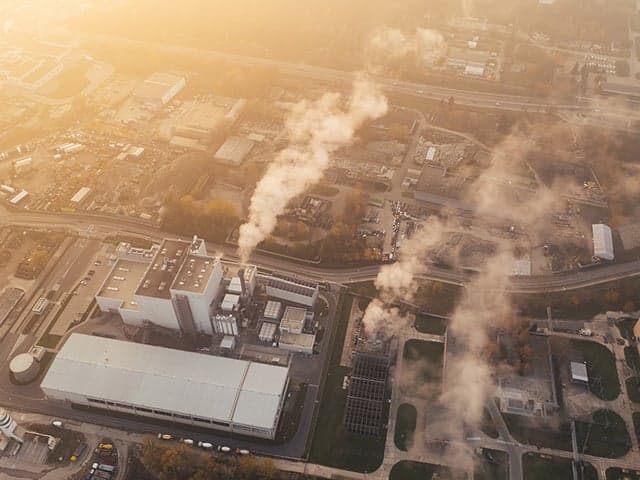
Air Quality Testing and Monitoring
Element's air quality monitoring services use an array of collection and analysis methods, including EPA method TO-15, to cover all your air quality monitoring needs.
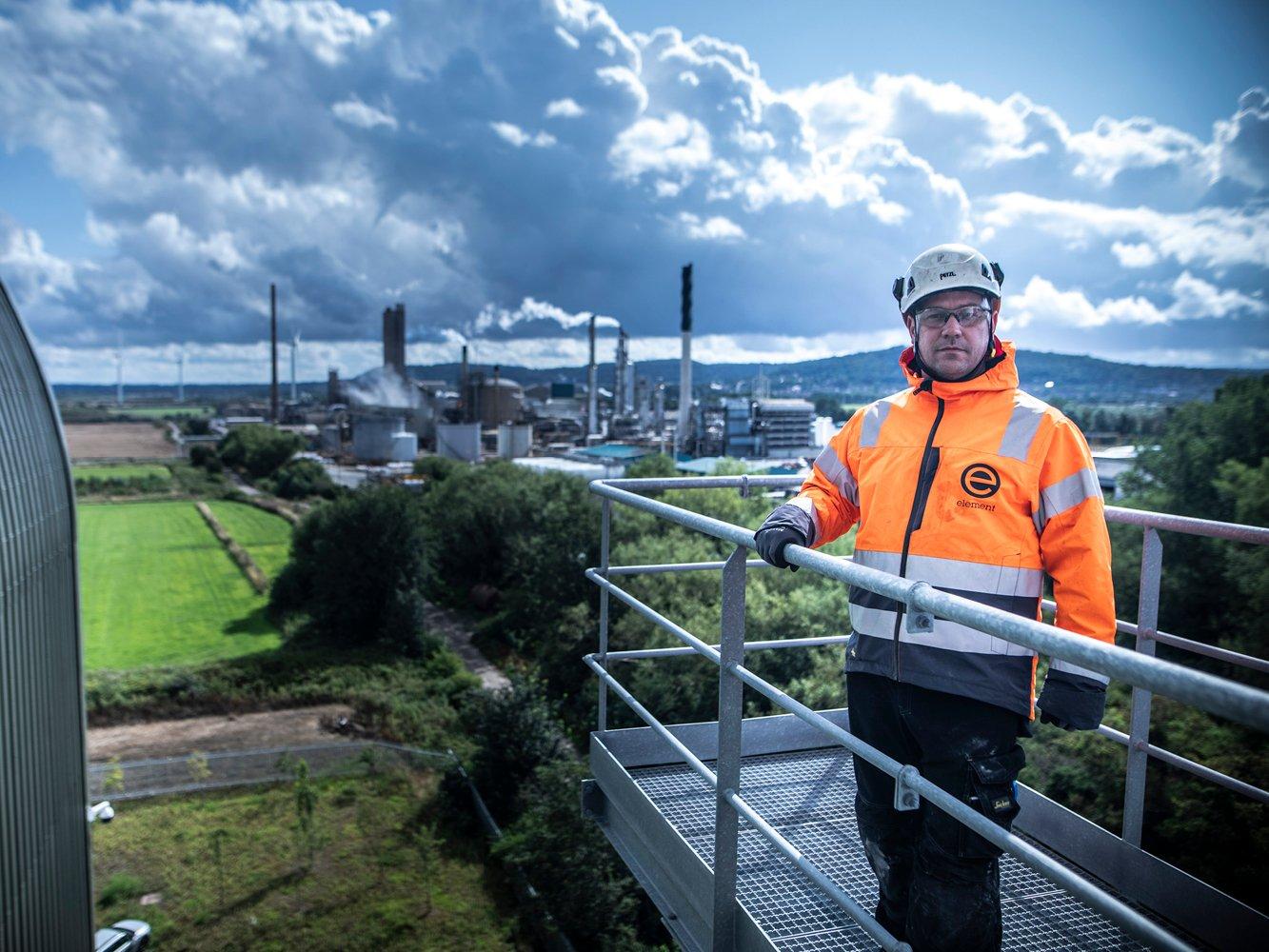
Environmental Compliance Services
Need reliable hydrocarbon testing? Element delivers precise analysis of water and soil samples to ensure regulatory compliance and prevent environmental issues. Our advanced labs provide fast, accurate results for all your testing needs.
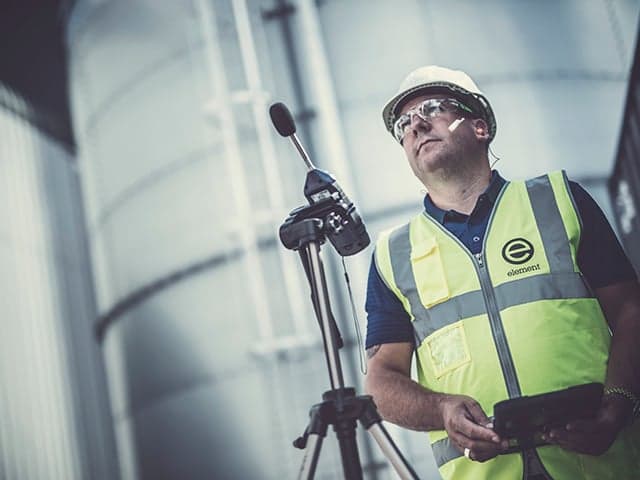
Environmental Impact Assessments Services
Element's Environmental Impact Assessments provide air, noise, and vibration studies to meet planning and regulatory needs. Backed by advanced modeling and independent verification, we deliver accurate results to protect communities, ensure compliance, and streamline your project planning.
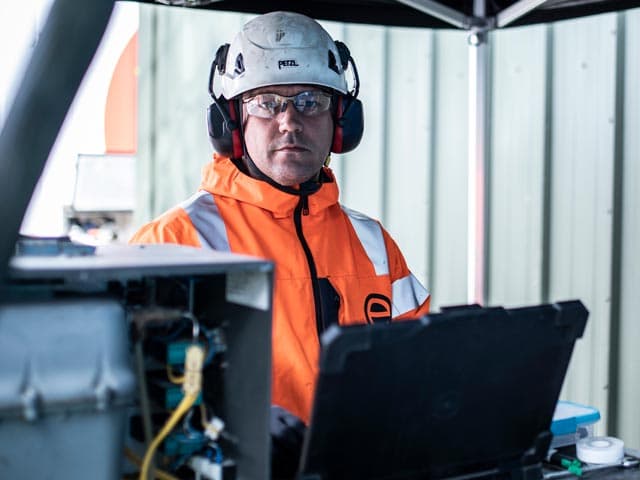
Medium Combustion Plant Directive (MCPD) Services
Element's Medium Combustion Plant Directive (MCPD) services deliver comprehensive emissions testing, permitting support, and compliance solutions for facilities between 1-50 MWth. With UKAS and MCERTS accreditation, we ensure your operation meets regulatory standards, offering air dispersion modeling, isokinetic testing, and expert advice to streamline compliance and minimize disruption.
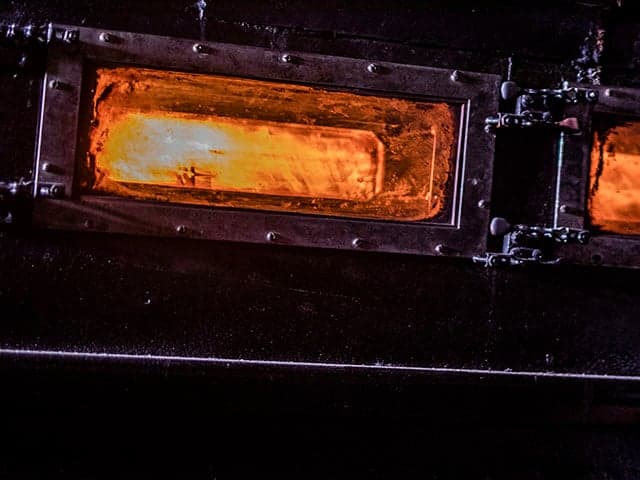
Residence Time Verification Services
Element’s Residence Time Verification Services provide accurate secondary combustion chamber testing to meet EU Directive 2010/75/EU. With UKAS-MCERTS accreditation and specialized equipment, we ensure compliance for VOC, Dioxin, and Furan control during waste incineration. Our expert teams prioritize safety and deliver timely results.
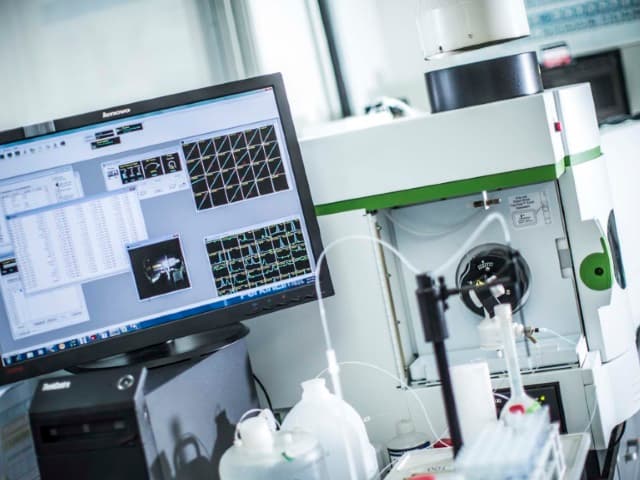
Siloxane Monitoring Services
Element's siloxane monitoring services offer accurate GC/MS testing for biogas and landfill gas, helping protect engines, optimize maintenance, and ensure efficient operations. With UKAS accreditation and ISO-certified labs, we deliver reliable results and expert recommendations to prevent costly damage and unplanned downtime.
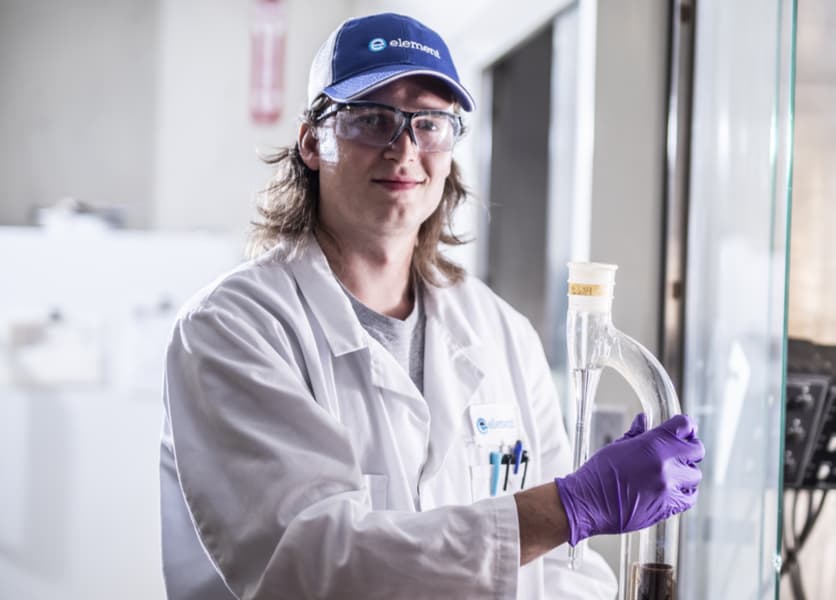
Landfill Monitoring and Testing
We provide landfill gas monitoring, testing, WAC analysis, and EfW compliance services to help you manage gas migration, stay compliant, and ensure accurate waste classification for safe and proper disposal.
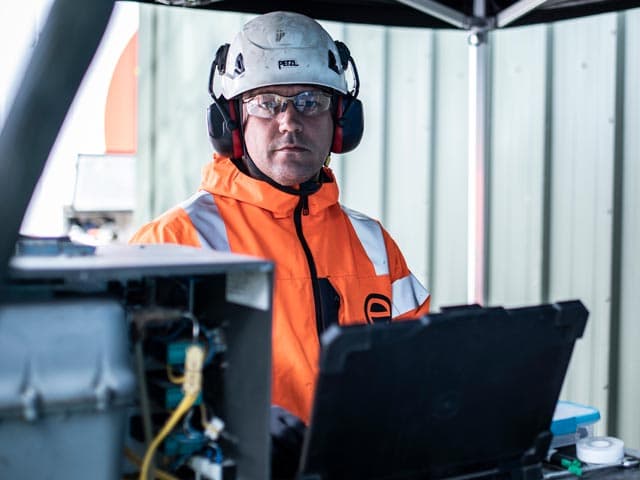
Flaring Emissions and Biogas Emissions Monitoring Services
Element's flaring and biogas emissions monitoring ensures regulatory compliance with accurate testing, advanced Phoenix Mast technology, and expert analysis. Our UKAS-accredited services deliver safe, efficient, and cost-effective solutions tailored to landfill, wastewater, and biogas facilities.
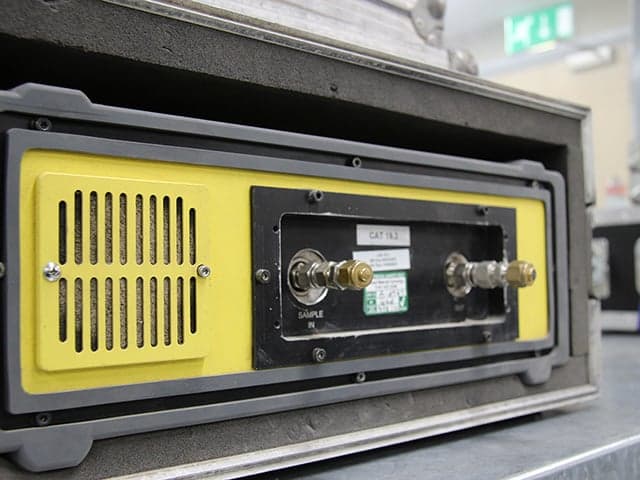
Temporary CEMS Emissions Monitoring
Element's temporary CEMS emissions monitoring services provide rapid-response solutions to maintain compliance during system downtime. With MCERTS accreditation, 60+ portable systems, and local expertise across 11 locations, we ensure operational continuity and environmental permit adherence.
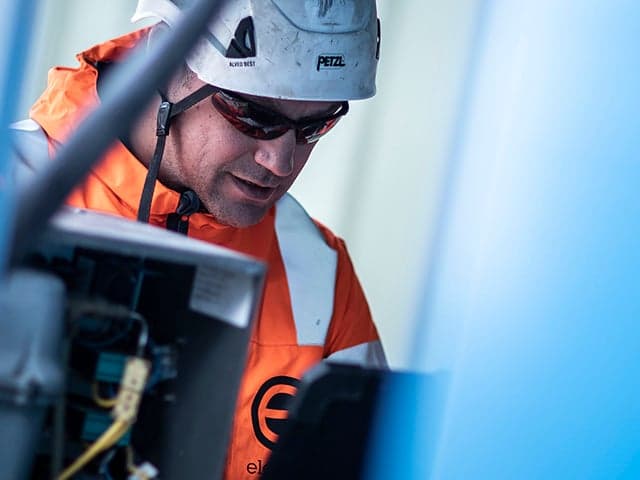
Air Dispersion Modeling Services
Element provides a range of specialist air dispersion modeling solutions for a range of sectors including industrial, manufacturing, waste, cement, and governmental and environmental consultants.
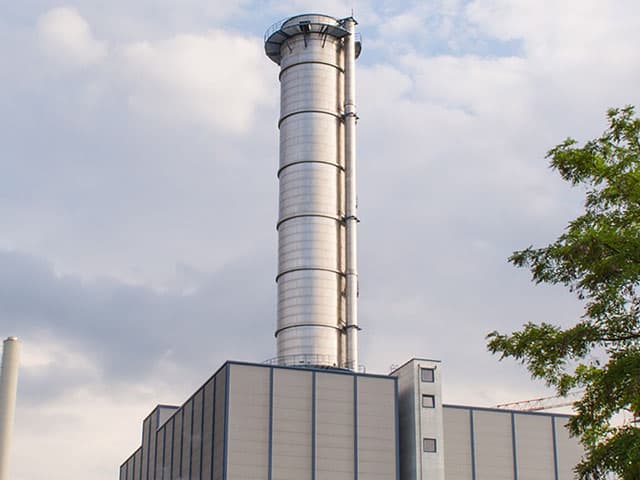
Biogenic Carbon Emissions Monitoring services
Element offers OFGEM-approved biogenic carbon emissions measurement services to determine the renewable energy content of waste-derived fuels combusted at energy-from-waste plants.

Leak Detection and Repair Services (LDAR)
Element offers Leak Detection and Repair (LDAR) services to reduce VOCs and VHAPs at industrial plants across multiple sectors. Find out more.

BS EN 14181 Calibration and Testing services
Element's experts offer EN 14181 calibration services including QAL1, QAL2, QAL3 and ASTs to verify the performance of Continuous Emissions Monitoring Systems (CEMS) and ensure regulatory compliance.
- Air Quality Testing and Monitoring
- Environmental Compliance Services
- Environmental Impact Assessments Services
- Medium Combustion Plant Directive (MCPD) Services
- Residence Time Verification Services
- Siloxane Monitoring Services
- Landfill Monitoring and Testing
- Flaring Emissions and Biogas Emissions Monitoring Services
- Temporary CEMS Emissions Monitoring
- Air Dispersion Modeling Services
- Biogenic Carbon Emissions Monitoring services
- Leak Detection and Repair Services (LDAR)
- BS EN 14181 Calibration and Testing services



